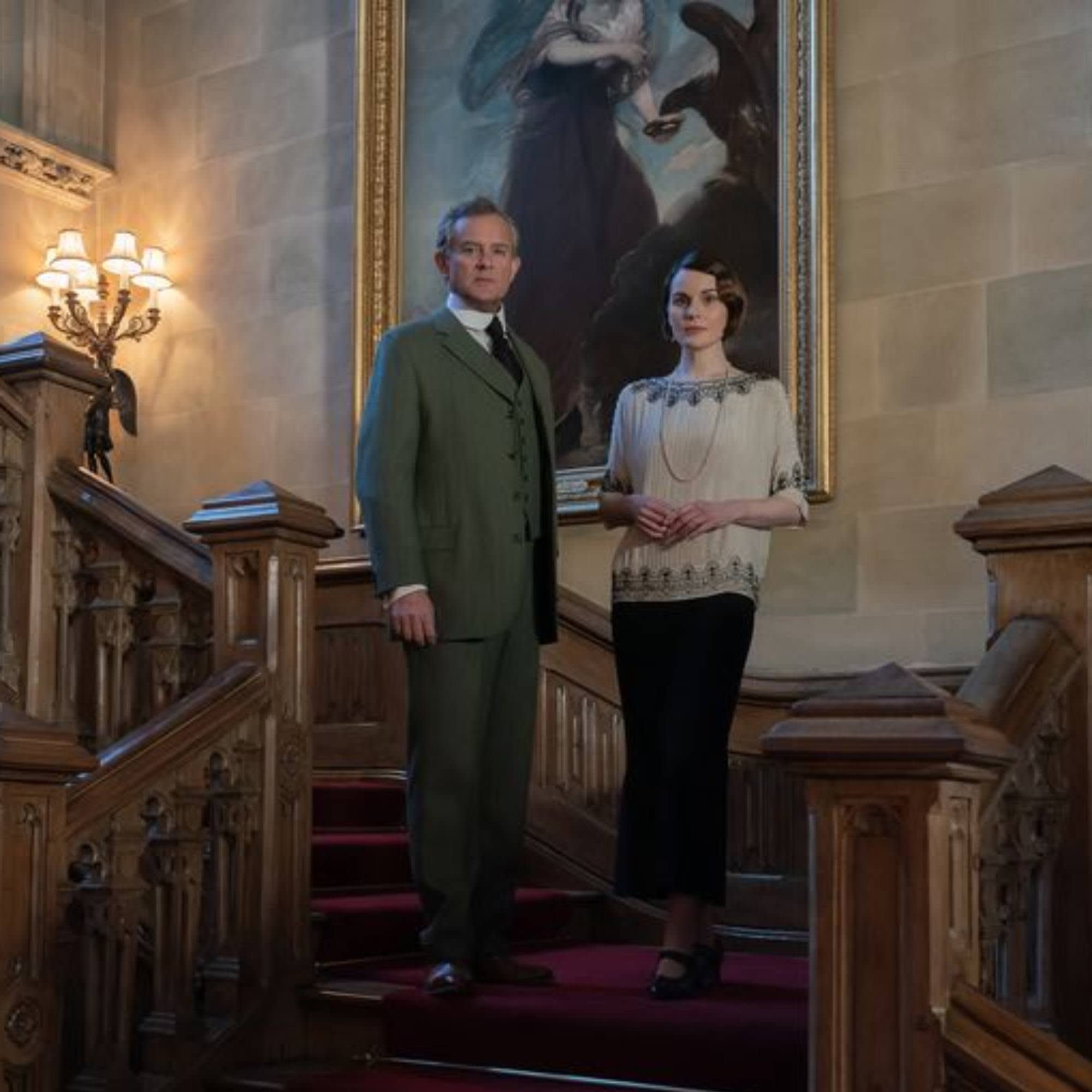
- POPSUGAR Australia
- Celebrity
- The True Story Behind HBO's The Gilded Age
The True Story Behind HBO's The Gilded Age

If you loved Downton Abbey, HBO’s The Gilded Age is probably already on your radar. Created by Downton‘s Julian Fellowes, the historical drama depicts the lives of high society in late-1800s New York City. So, is the new show based on a true story, or is it pure fiction? While the characters are totally fictional, the setting and era the story explores definitely is not.
What Was The Gilded Age?
The last few decades of the 1800s were coined “The Gilded Age.” In general, the era was marked by the rapid growth of industry, an influx of European working-class immigrants, and growing wealth inequality. As a result, railroads and related industries exploded, labor accidents rose sharply, and trusts began forming, leading to developments like the rise of labor unions and anti-trust laws.
With the enormous growth of the American economy came the rise of the industrial elite. It also made leaders of these new industries wildly rich. Coined “new money,” these newly wealthy families lacked social pedigree but tried to make up for it with enormous, excessive displays of wealth. Some tried to break into the closed circles of American high society, while others headed across the Atlantic.
The “Buccaneers,” a phrase coined by author Edith Wharton, were young women from wealthy American families who sought out titled British husbands, many of whom desperately needed an influx of cash to save their floundering estate holdings. If you watched Downton Abbey, you’ve seen a fictionalisation of this trend with Cora Crawley, an American heiress who married a British aristocrat.
The moniker “Gilded Age” came from a Mark Twain book, The Gilded Age: A Tale of Today. In it, Twain and co-author Charles Dudley Warner compared the current situation in America to “gilding,” which is a process in which a thin layer of gold is applied over some other, less valuable material to give the appearance of luxury and wealth. Similarly, they argued, the last few decades of the 1800s were a period of serious problems masked over with a “gilding” of economic expansion – but only for very few elite.
Is The Gilded Age About Real People?
The Gilded Age takes the same approach in depicting its era, unsurprisingly, as Downton Abbey did: using completely fictionalised characters to represent archetypes of the age. Rather than portraying actual historical figures, the show creates its own characters who fit into the groups of real society at the time: the old-money socialites from centuries-old society families, the social-climbing industrial barons, and so on.
For instance, one of the main families in the series is the Van Rhijn family, a well-established elite family among New York society descended from Dutch immigrants several generations ago. In real life, quite a few “elite” families came from Dutch heritage, such as the Schuylers (yes, the ones in Hamilton) and the Roosevelts. On the other hand, the fictional Van Rhijns are less than pleased with their new neighbours, the Russells, who have just come into their money through the railroad business. The conflict between the “flashy” new money and the “dignified” old society was a major source of tension during the real-life Gilded Age and clearly served as inspiration for Fellowes in writing the series.
“[The settled families] were more modest. They were living in houses in Washington Square that were not enormous. They lived respectable lives, and that was New York society at the time,” Fellowes explained to Entertainment Weekly. “But for the new arrivals, that wasn’t enough for them. They wanted to do something bigger and better. They started to build these palaces on Fifth Avenue and gradually pushed further north. So you had these great rivalries between the new families and the old.”
This real history underpins the drama of The Gilded Age, and we can’t wait to see how it all plays out!


